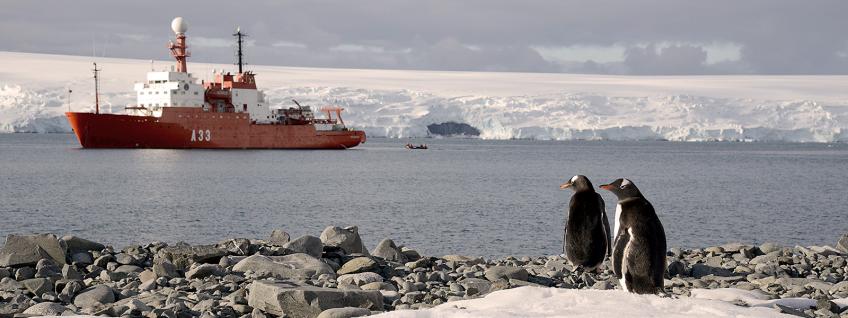Title: NVIS sensors network for the South Shetland Islands
Funding: Ministerio de Ciencia, Innovación y Universidades (MCIU) del Gobierno de España, la Agencia Estatal de Investigación (AEI) y el Fondo Europeo de Desarrollo Regional (FEDER), with the funding RTI2018-097066-B-I00 (MCIU/AEI/FEDER, UE)
Acronym: SHETLAND-NET
Abstract: After a first proof of concept in Livingston Island, the project aims to expand the use of communications in HF (3-30 MHz) by ionospheric reflection to the establishment of a low consumption communications system that allows the collection of sensor data distributed throughout the archipelago of the South Shetland Islands. This system, called Near Vertical Incidence Skywave (NVIS), does not require direct vision and is totally independent of the satellite, since the signal is transmitted upwards and allows to overcome any geographical feature.
The project aims to increase the area of the transmissions without prejudice to the quality and make them between King George and Livingston Island. By installing a link between the Uruguayan Base Artigas and the Spanish Base Juan Carlos I, we intend to extend the study of the ionosphere in these latitudes throughout the year and not only during the austral summer as it has been up to now. With this information and the knowledge acquired in the previous project, a communication system will be defined that will allow data, text messaging and digital audio.
The combination of the ordinary and extraordinary wave will be investigated, which depend on the terrestrial magnetic field, to increase the robustness of the communication. As one of the biggest drawbacks of the system is the large size of the antennas, the design of new compact HF antennas for NVIS systems will also be adressed. As the ionospheric channel is very variant and present interruptions, the communications protocol will be optimized so that it is very resistant to delays and failures in the channel by developing and designing a fault tolerant network (DTN) capable of implementing an SIoT for this purpose (Social Internet of Things) that intelligently adds data from the monitored activity of people and sensors.
This type of networks has another field of application in developing countries, to be able to link remote villages without any infrastructure with the nearest city, as well as in case of natural disasters where usually most communication systems fail. This will allow a significant advance in the research on architectures and communication protocols within the paradigm of the Internet of the Future that allow to ensure transmission and end-to-end computing in distributed environments formed by devices with high failure rates (Unreliable Distributed Computing).
Finally, the research team proposes as a specific objective the dissemination of the research activity in the Antarctic, organizing workshops for a minimum of 30 secondary and high schools.
